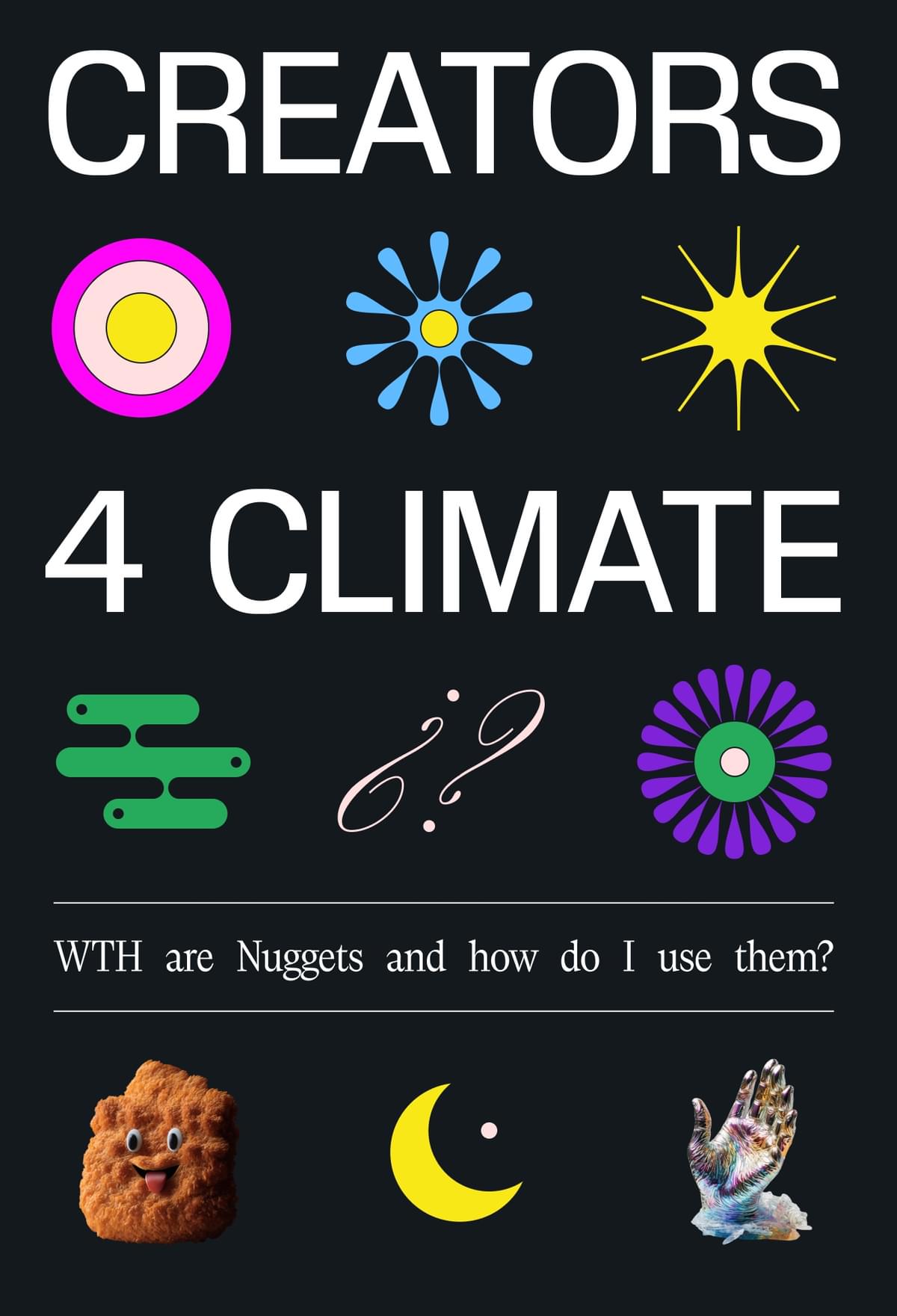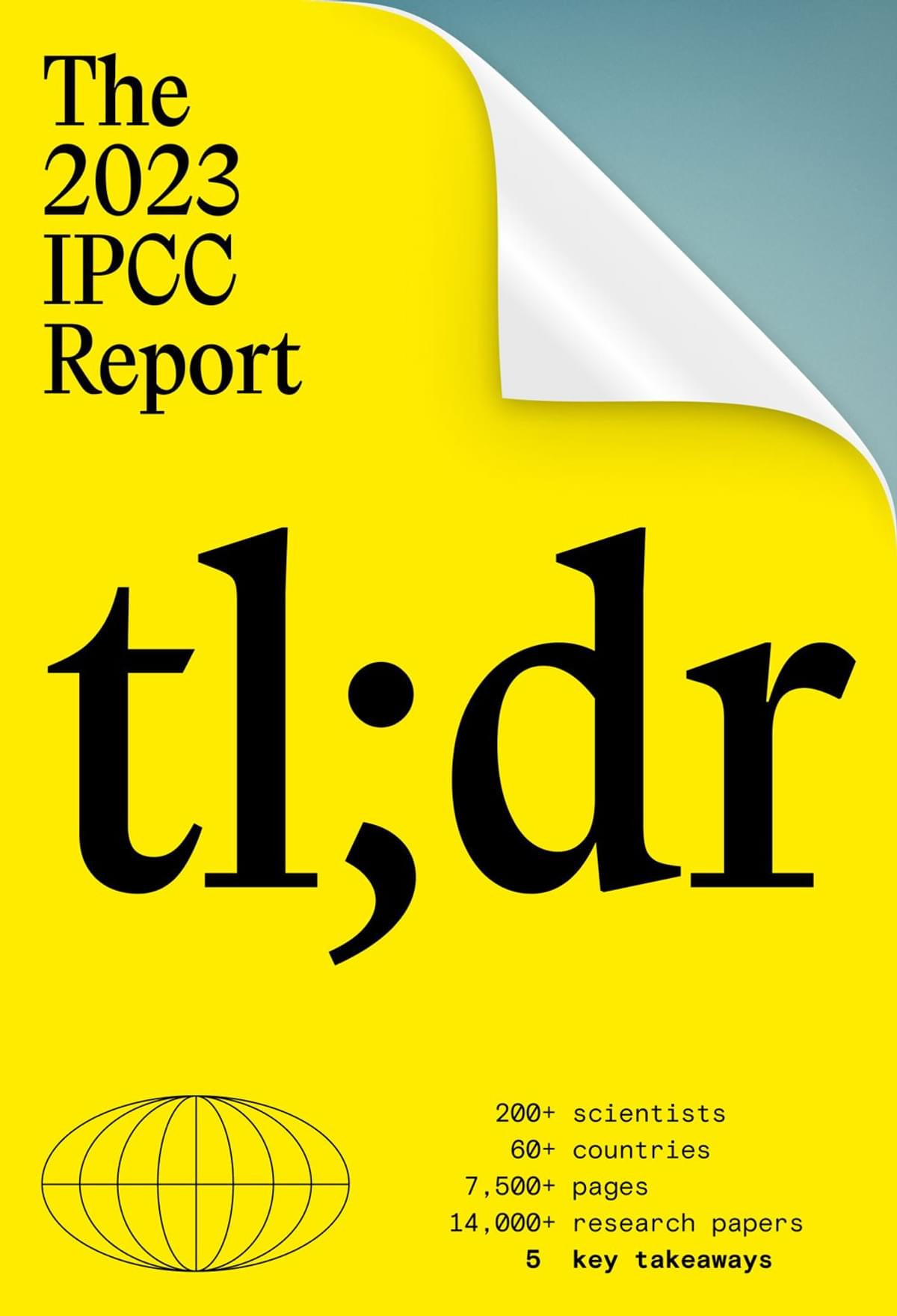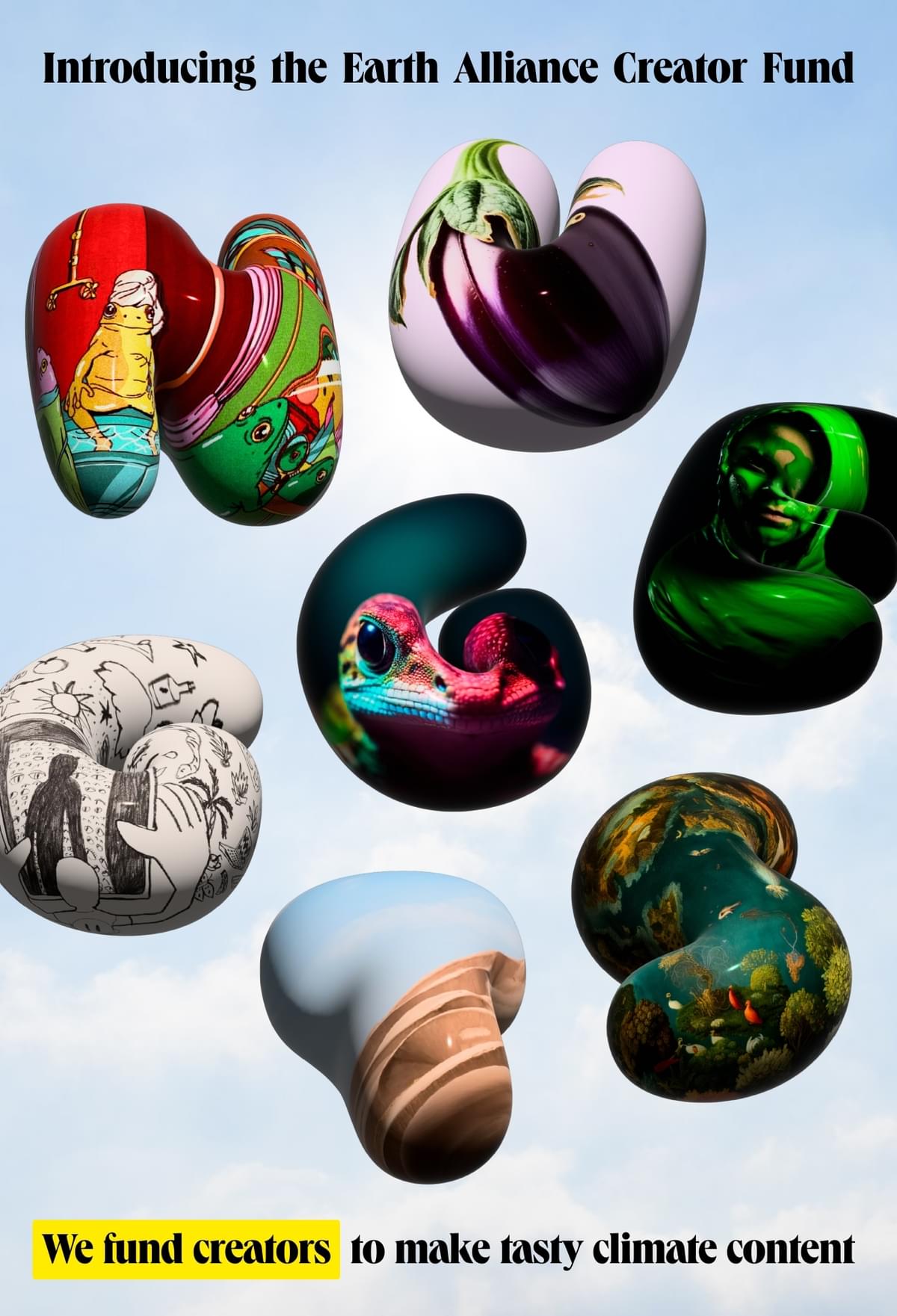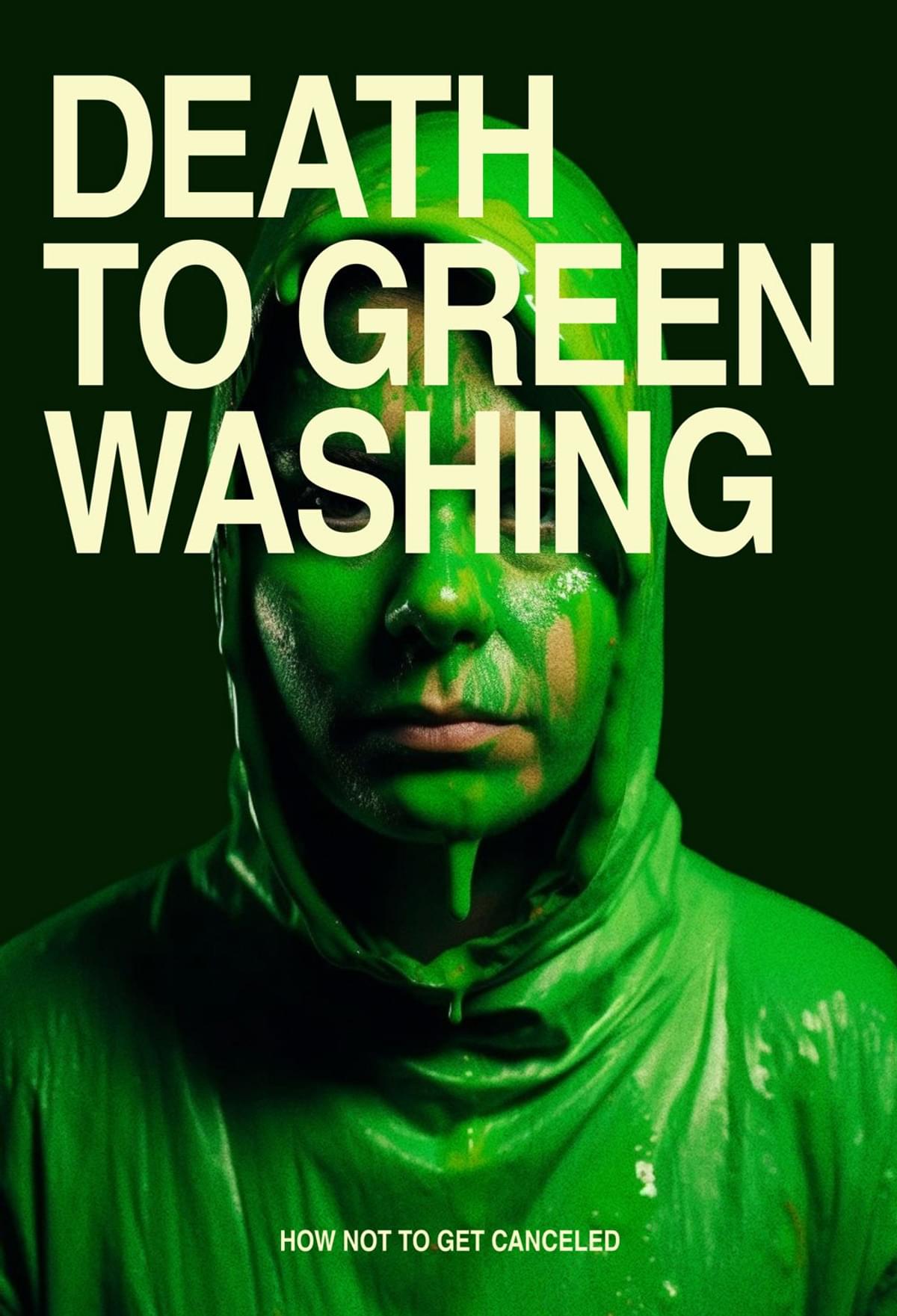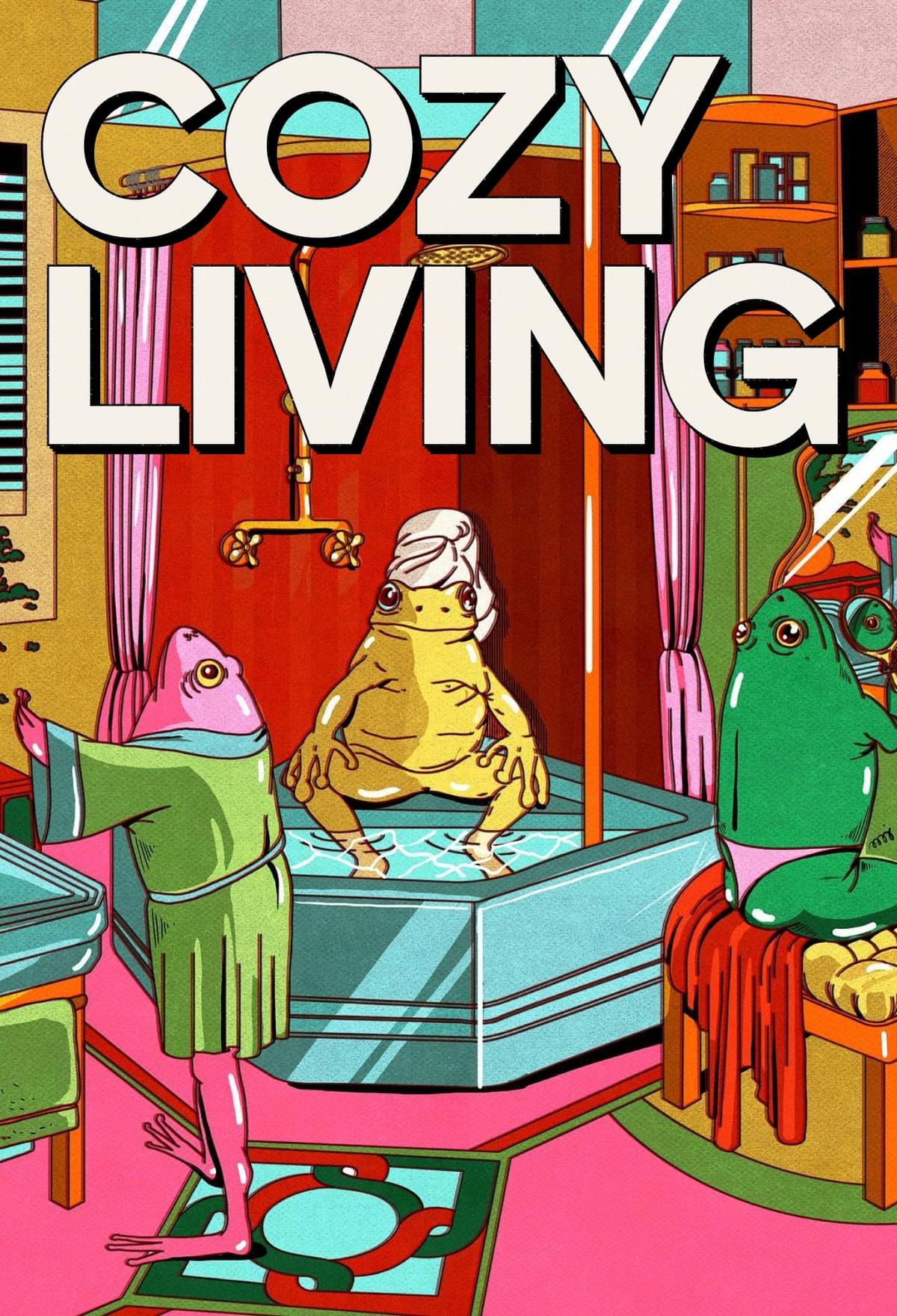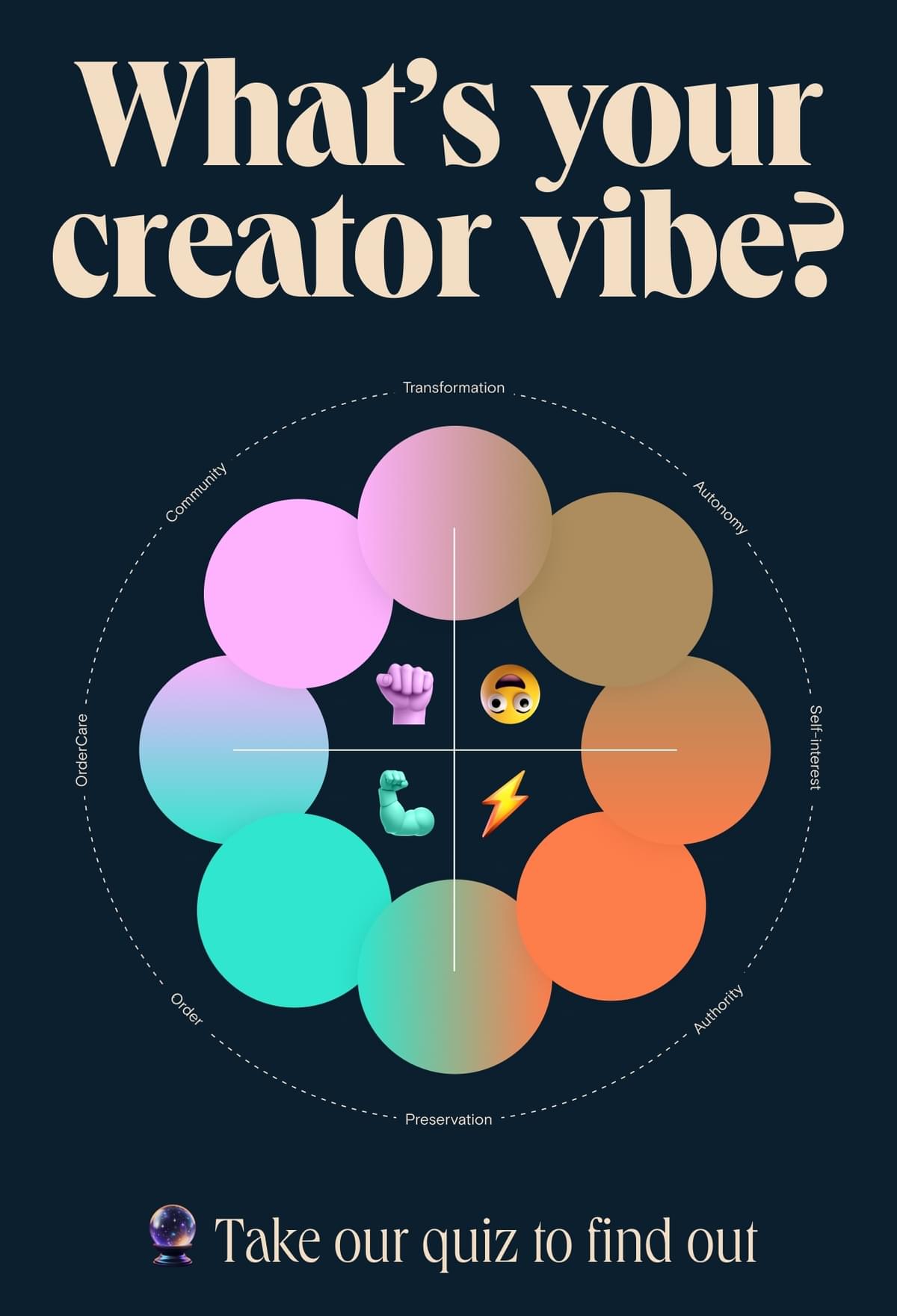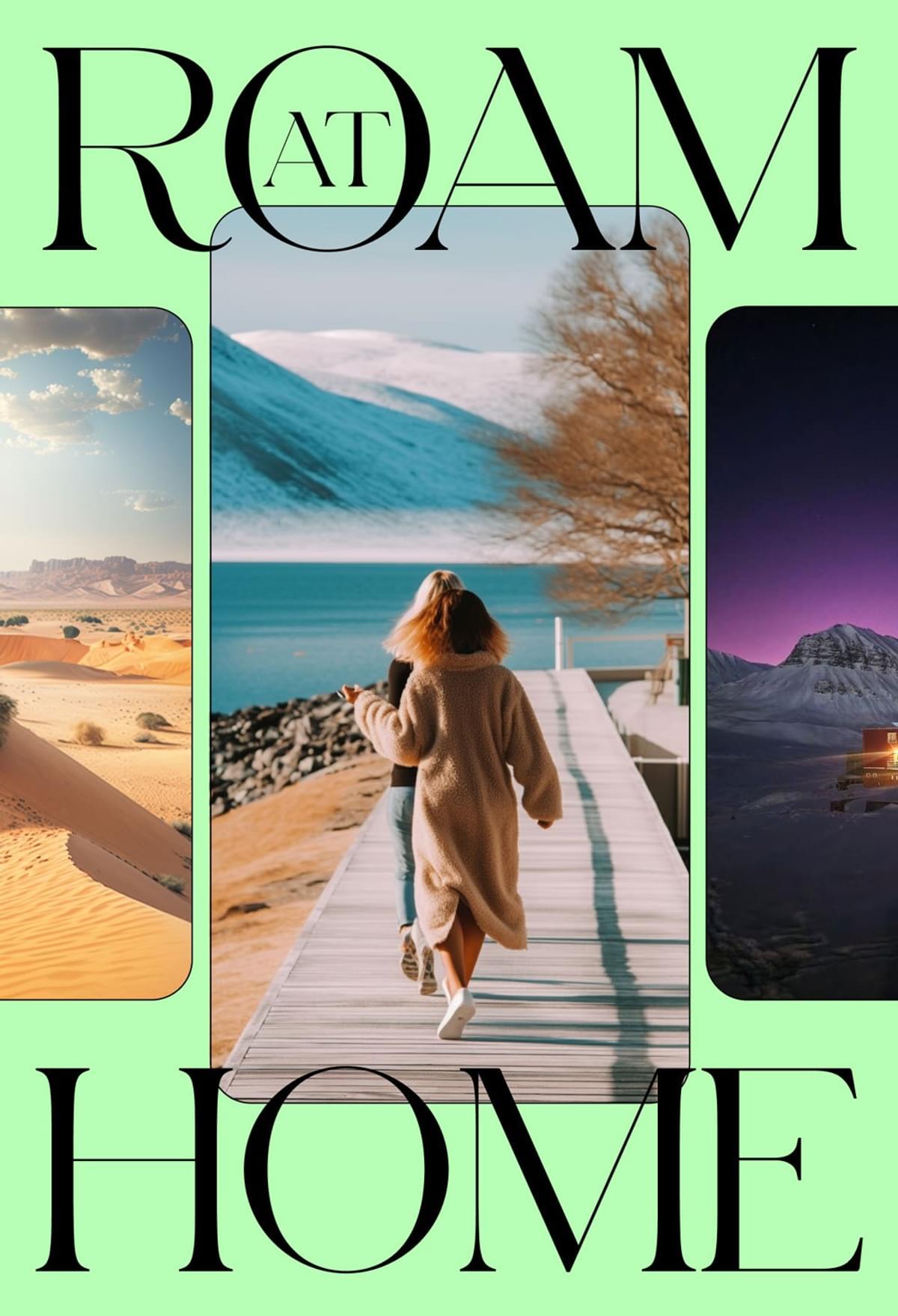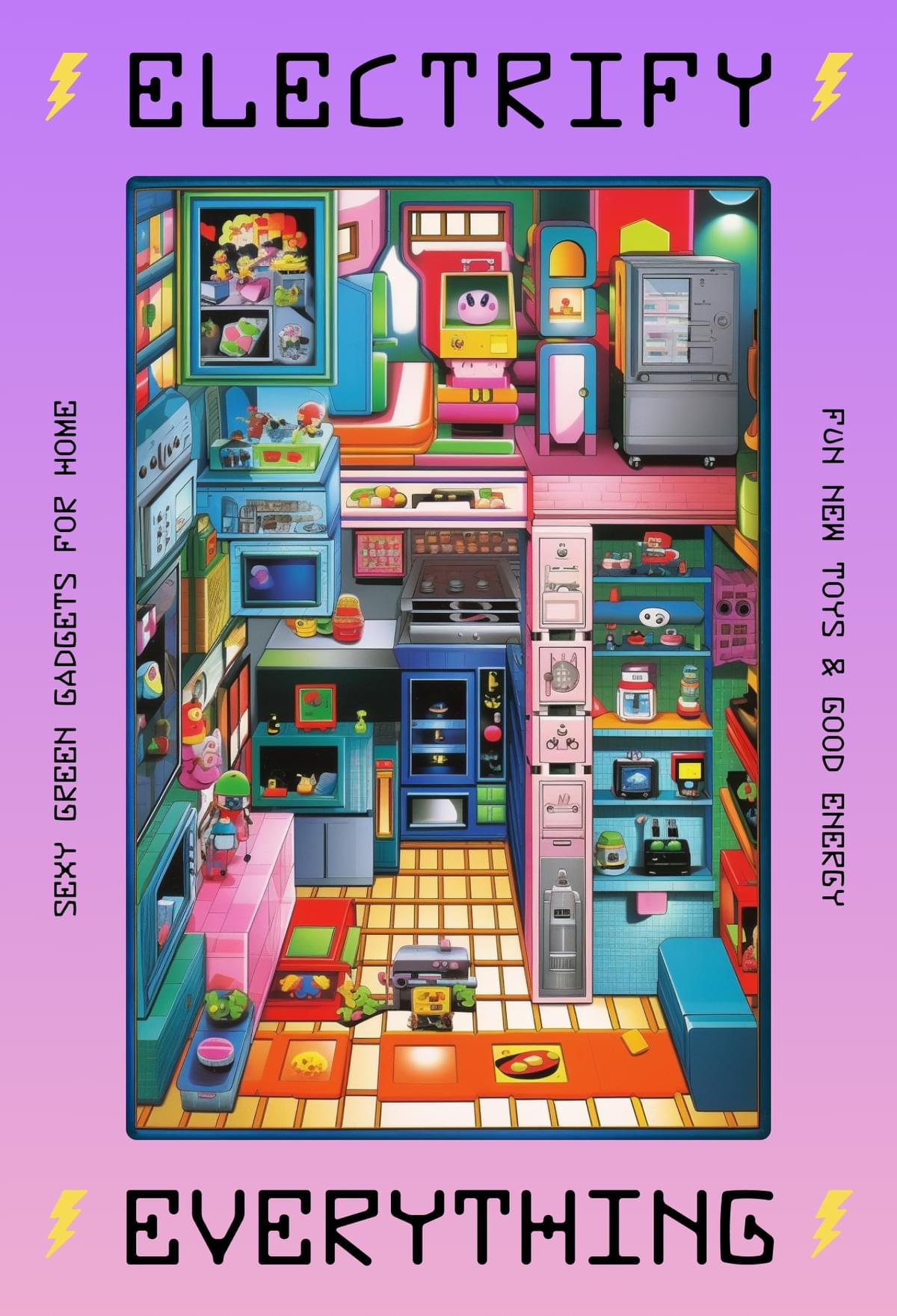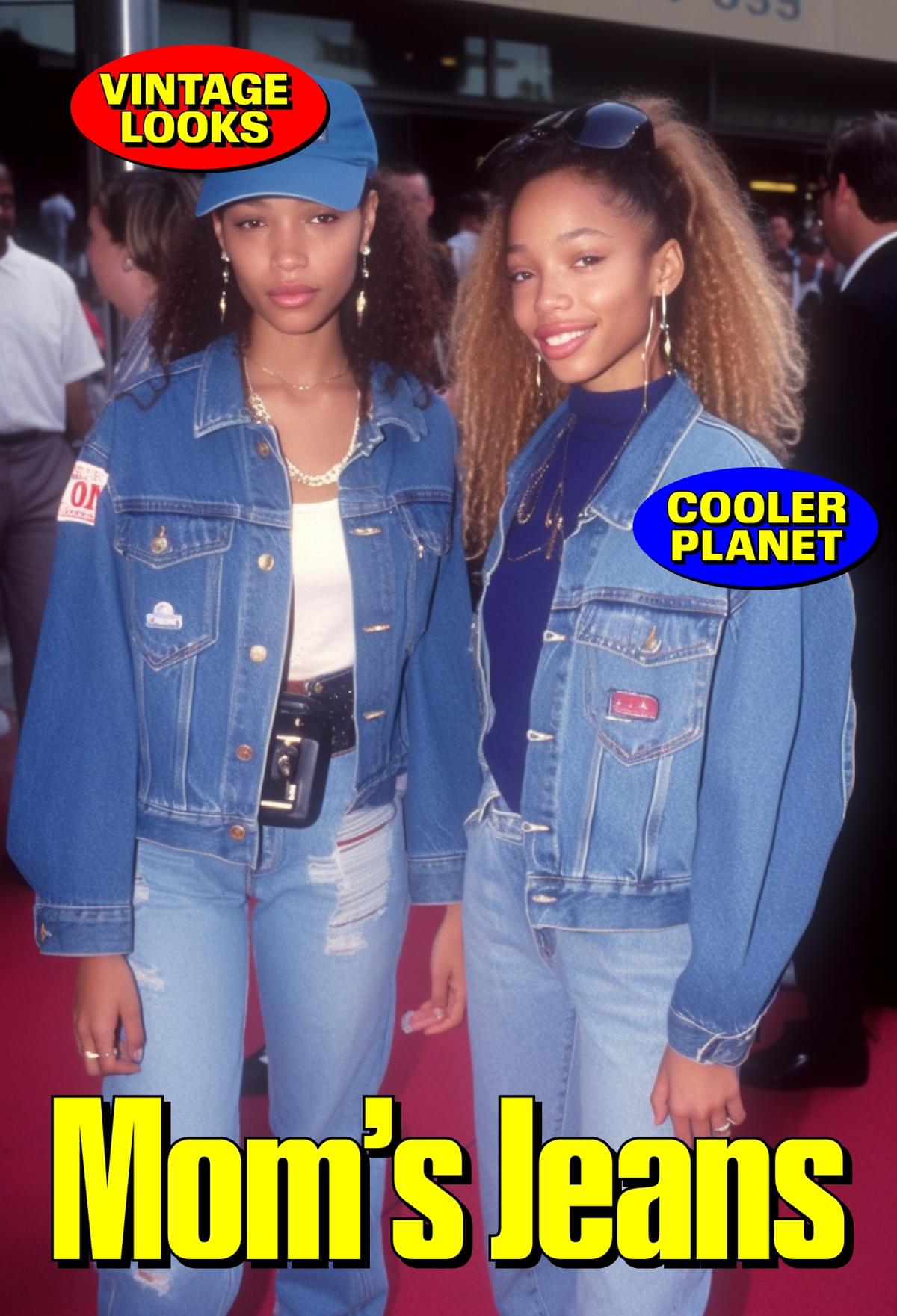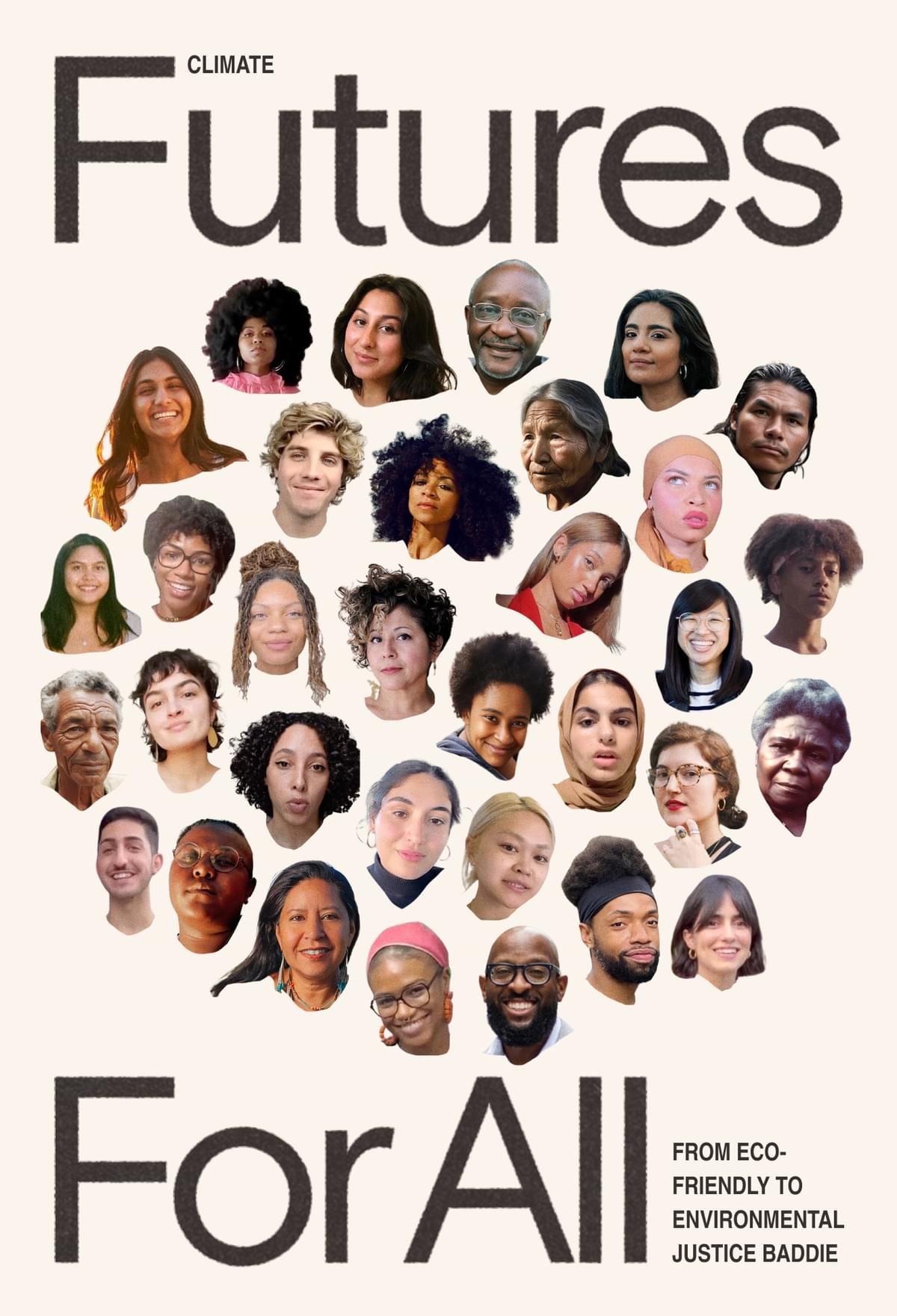
From eco-friendly to environmental justice baddie
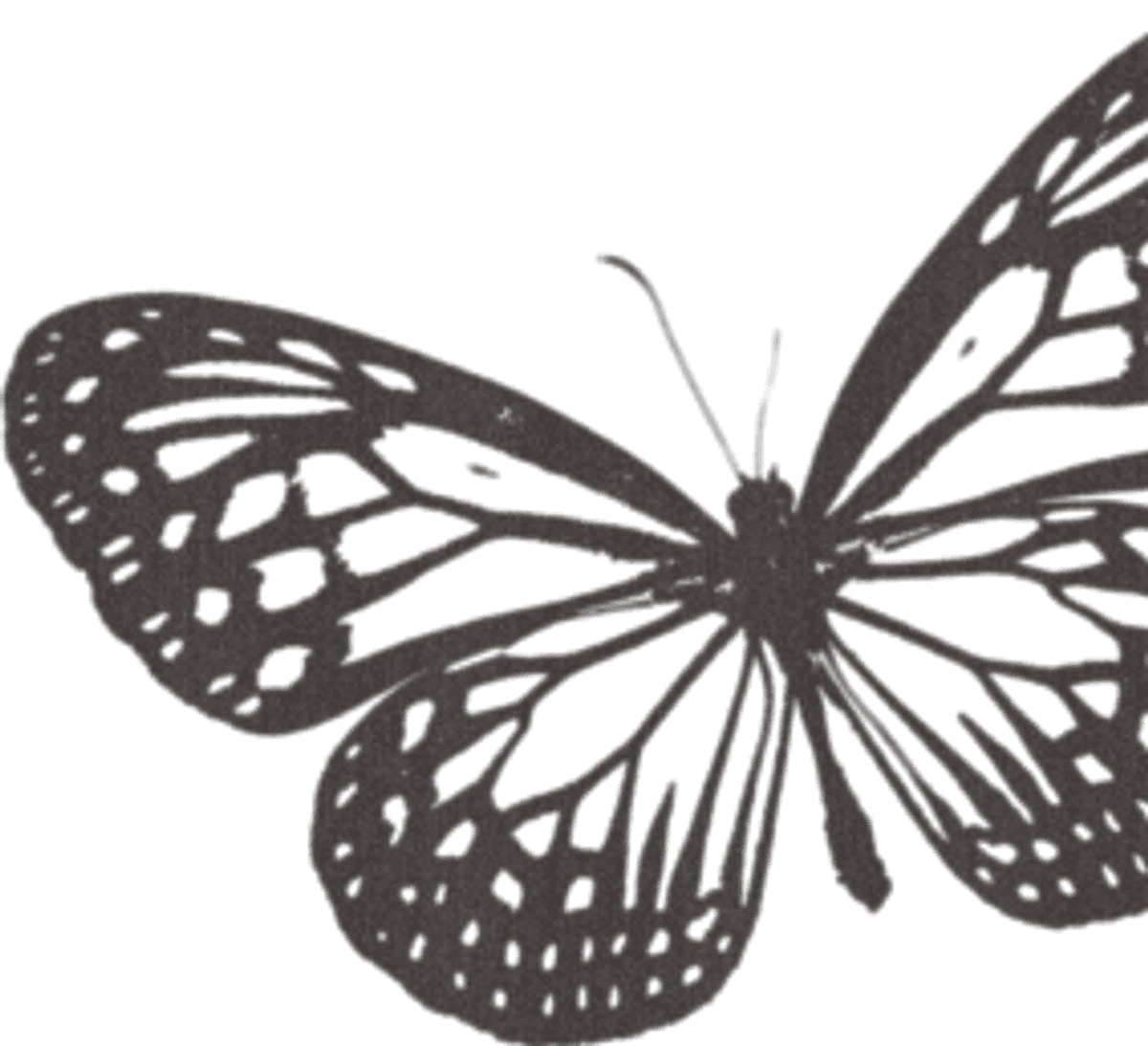
Addressing environmental justice puts the communities most impacted by the climate crisis at the center of the story and gives them a voice. Find out why EJ matters, and how you can explore it in your creative work.
Intersectional Environmentalist
What’s Environmental Justice?
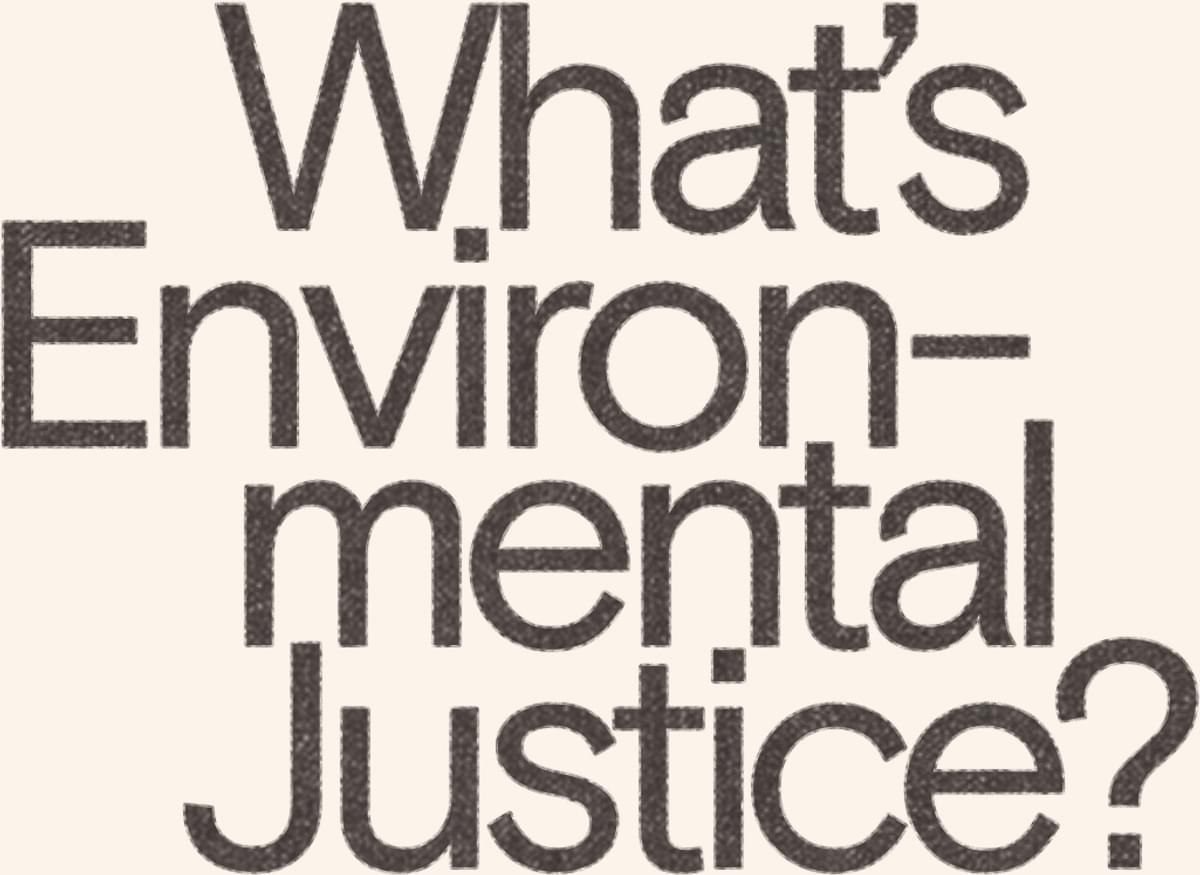

-
Environmental justice (EJ) is the intersection of social + environmental issues. When EJ needs are met it means that no community of people, regardless of age, socioeconomic status, race, ability, sex or gender, bears a disproportionate burden of exposure to environmental hazards. It means all communities have a voice that is being heard by decision-makers and they are meaningfully involved in matters of environmental policy.
-
In the fight against the climate crisis, we need all hands on deck. But currently, many BIPOC (Black, Indigenous, and People of Color) communities, low income folks and other marginalized groups face extreme harm in light of systemic environmental injustices. Their voices are frequently excluded from decision-making, which impacts outcomes in communities—from access to clean water and air, to vulnerability from sea level rise. They’re being left on read. They can’t show up IRL, at a time when we need people and their actions the most.
-
That’s why lifting up these communities’ experiences is essential to the climate movement.
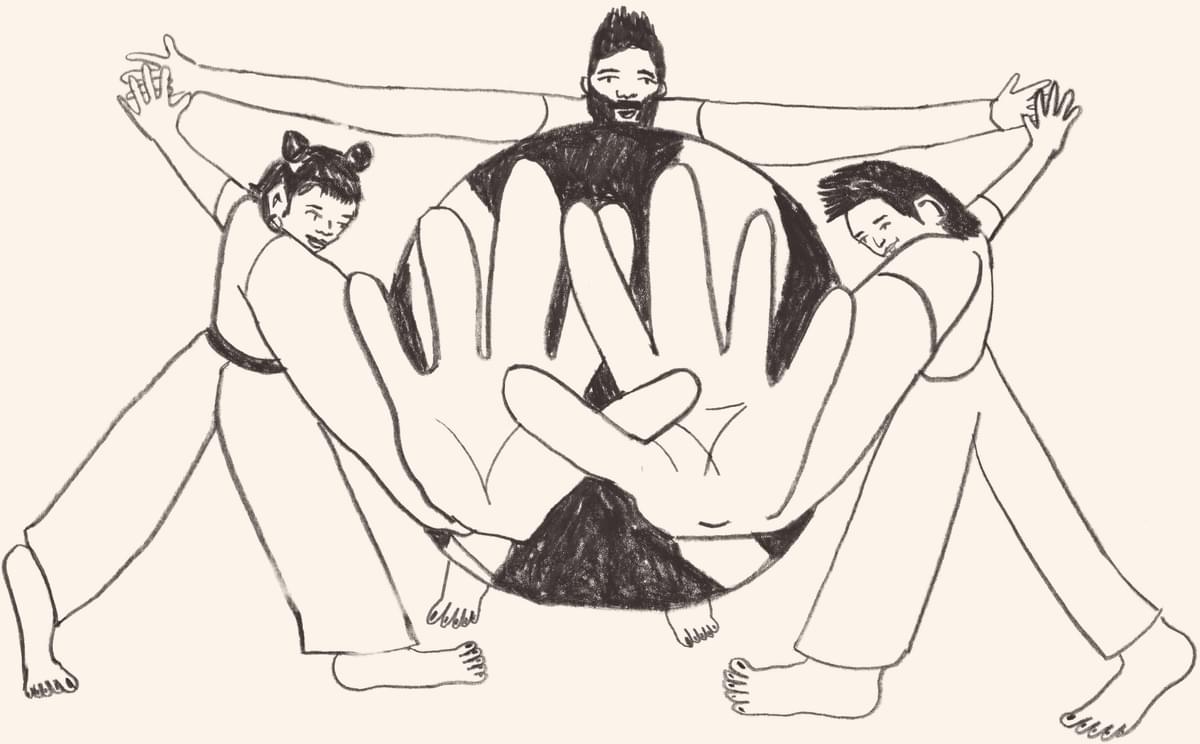
-
Black and Latine communities in the US experience 56% and 63% more air pollution than they cause. White Americans experience about 17% less air pollution than they cause.1
-
Climate change disproportionately threatens Indigenous communities’ traditional food sources. Warming sea temperatures have been linked with increases in diseases and mercury levels in shellfish—a critical food source for tribes on the West and Gulf Coasts and Alaska Natives.2
-
People with high socioeconomic status (i.e. those top 10% of income globally) are responsible for 35-45% of total greenhouse gas emissions.5
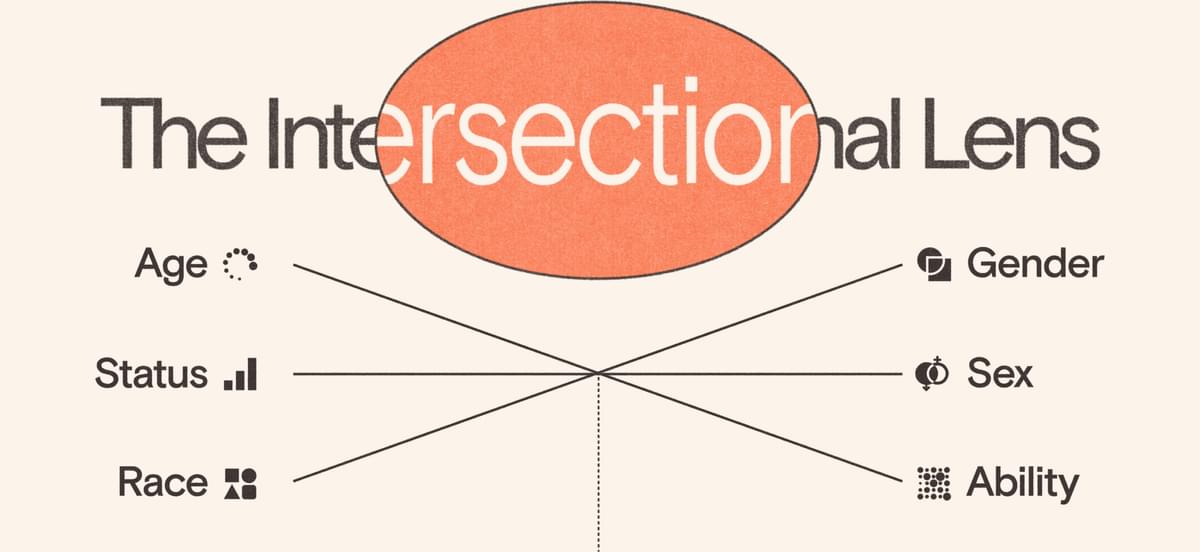
Why does intersectionality matter in the climate movement?
-
“Intersectionality is a metaphor for understanding the ways that multiple forms of inequality or disadvantage sometimes compound themselves and create obstacles that often are not understood among conventional ways of thinking.”
— Dr. Kimberlé Crenshaw, civil rights advocate
-
“Environmental justice is the goal and intersectional environmentalism is the lens.”
— Diandra Marizet Esparza, Executive Director of IE
-
Watch this: Intersectionality 101 ↗︎
We cannot separate our advocacy for the planet from the advocacy of people.
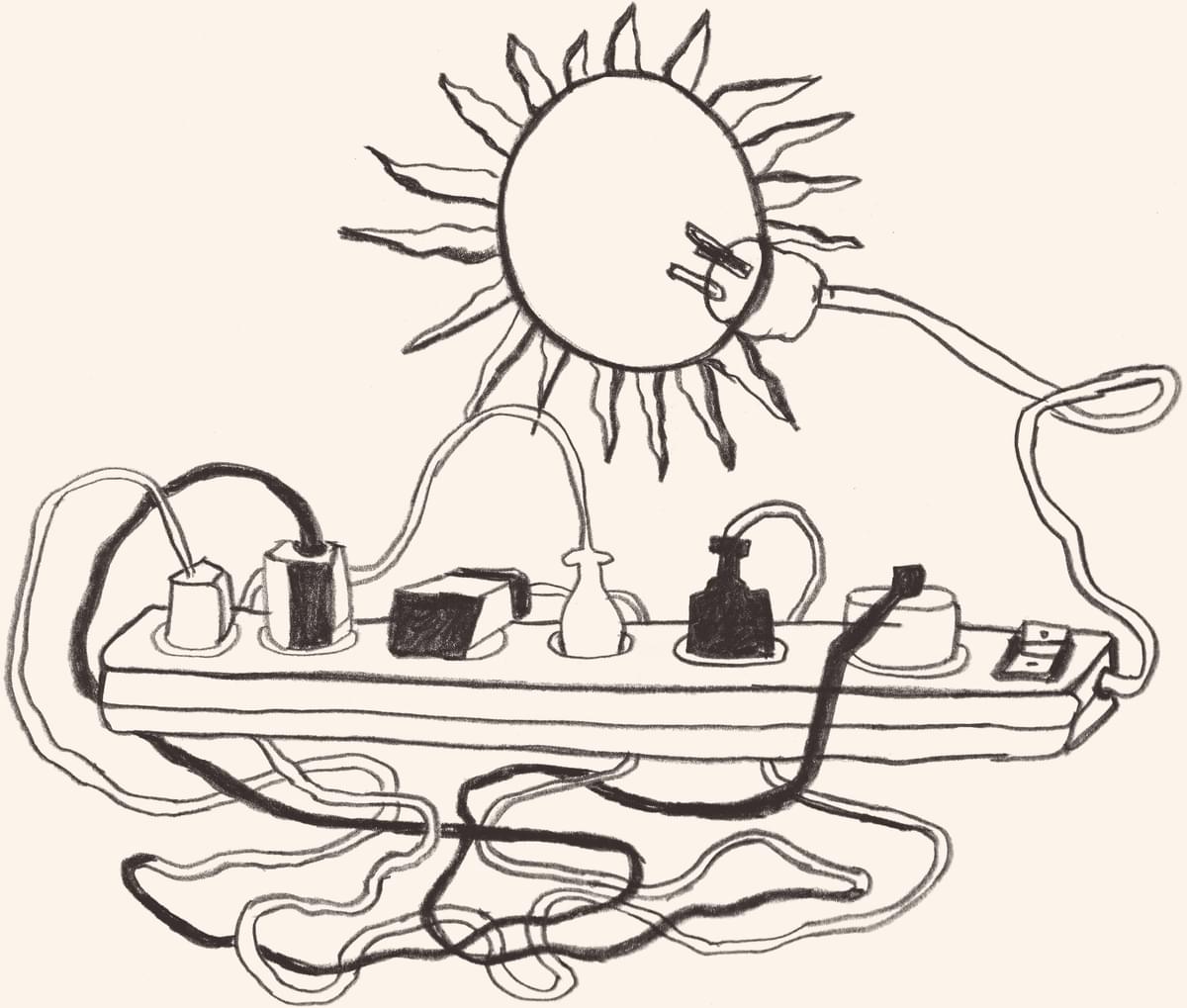
Youth climate activists, and Indigenous leaders, are also exerting growing political influence towards mitigation. Indigenous resurgence not only strengthens climate leadership in many countries, but also changes broad social norms by raising knowledge of Indigenous governance systems which supported sustainable lifeways over thousands of years.
IPCC Report on Mitigation of Climate Change6
How to use your voice for EJ
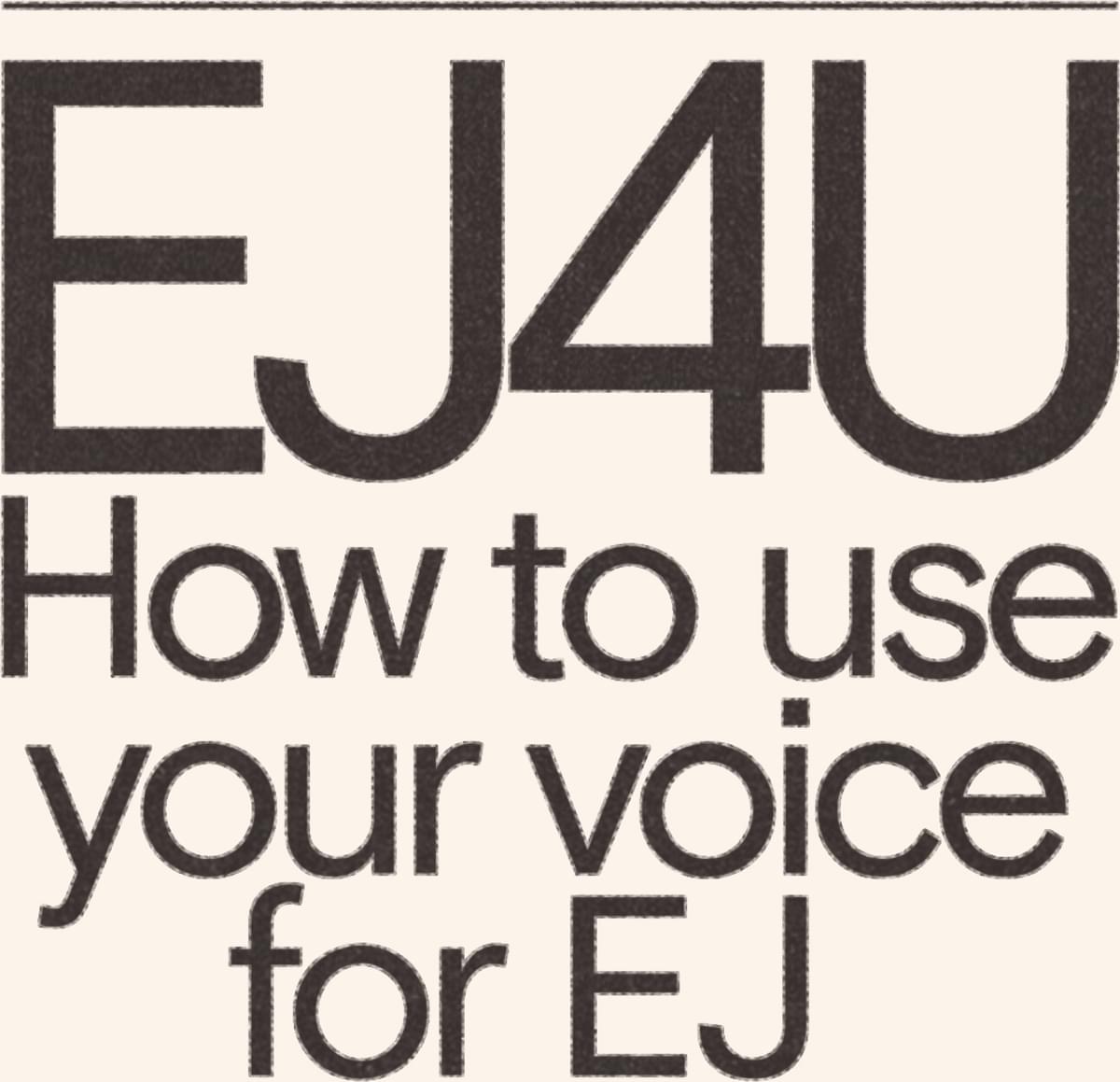

-
Share the mic: If you are not a part of the community you are speaking about, amplify and collaborate with the people who are experts in that community or identity group. Share resources, articles, and visuals produced by those directly impacted by EJ issues. Sharing your platform with under-amplified voices solidifies your credibility. Admit that you’re still learning. Ask for feedback. Listen to your community. You’ll establish more trust from your audience.
-
Keep your friends close: Always keep in mind the people (and planet) behind the products or services you uplift. Think: labor practices, resource extraction in manufacturing, or the life cycle of a product. Verify what a brand means when they say they have ethical business practices—do they define what they mean by ethical? Research what a corporation’s policy entails around their packaging recycling program—where is the evidence that holds them accountable?
-
Stray from the status quo: Sharing personal experiences around environmental (in)justice can be impactful… and scary. We know that creators can be shut down by their own audiences for diverting from their usual content. But your voice is needed and your experiences are valid. When sharing something different on your platform, create space for vulnerability by acknowledging it. Don’t be afraid to draw connections between your passions and EJ.

-
![]()
Wellness activist @morganlynzi shares her Instagram platform with Chef Rashida to talk about cooking authentically and radically imagining their best futures.
-
![]()
Educator and advocate @blairimani’s web series Smarter in Seconds is a great example of how she shares her platform with other creators and experts to inform her audience about a variety of real-world issues.
-
![]()
Fashion blogger @aditimayer shares her hopes for the future of sustainable fashion with @imagine5_official.
-
![]()
@studioatao content regularly highlights the communities + systems behind our food systems and ways to empower and uplift them in the midst of different issues
-
![]()
Musical artist @xiuhtezcatl shares about his passion for climate justice work, intersectional organizing, and storytelling to build a better future.
-
![]()
Interdisciplinary artist @favianna1 shows the intersections between art, imagination, creativity, and activism through her art-related content.
As content creators with a unique voice, you have the power to shift behaviors and emotions and shape cultural narratives. You can help your audience understand how their passions and hobbies in music, tech, food, gaming, art, film, wellness, and fashion all have a place within EJ. You can show them how to merge online and offline worlds. You can mobilize community and influence collective actions that make a difference.
-
If you’re an ARTIST
Social movements rely heavily on imagery and symbolism. From photographs to street art, visuals embedded in a movement influence participant involvement and speak to the beliefs and emotions of the people involved.
- What themes in your art speak loudest and clearest about your identity?
- How can your art ignite the flame in someone else to take action?
- Why not share a new piece of work reflecting an issue you care about with your audience?
-
If you make FOOD CONTENT
Chefs, home cooks, and foodies alike are storytellers. Think about the network of people connected to the food in your fridge. Or the impact of the climate crisis on ingredients in your favorite dishes. Or the stories you can tell through your produce and the steps it takes to get from the field to your plate.
- How have you noticed food insecurity show up in the communities around you—hospitality workers, farm workers, mom and pop shops?
- How has the climate crisis impacted your ability to access fresh and affordable ingredients? Who are the people trying to solve the problem?
-
If you’re a FASHION CREATOR
The volume of clothing Americans throw away each year has doubled in the last 20 years. The fast fashion industry is carbon intensive, suffers from labor malpractices, and is environmentally devastating in many countries. Instead of buying new clothes, upcycling your clothing can contribute to a more sustainable fashion future. Fashion influencers have the power to make upcycling trendy.
- When was the last time you challenged yourself to reuse leftover fabric or other materials to make a new piece, with as much character and curiosity embedded in this project?
- How can your closet—and not online stores—be your one-stop-shop for new outfit ideas?
- Reflect on how upcycling or reusing clothes might be adapted by small brands and larger companies and the impact this would have on the fashion industry and the planet. Share your thoughts with your audience.
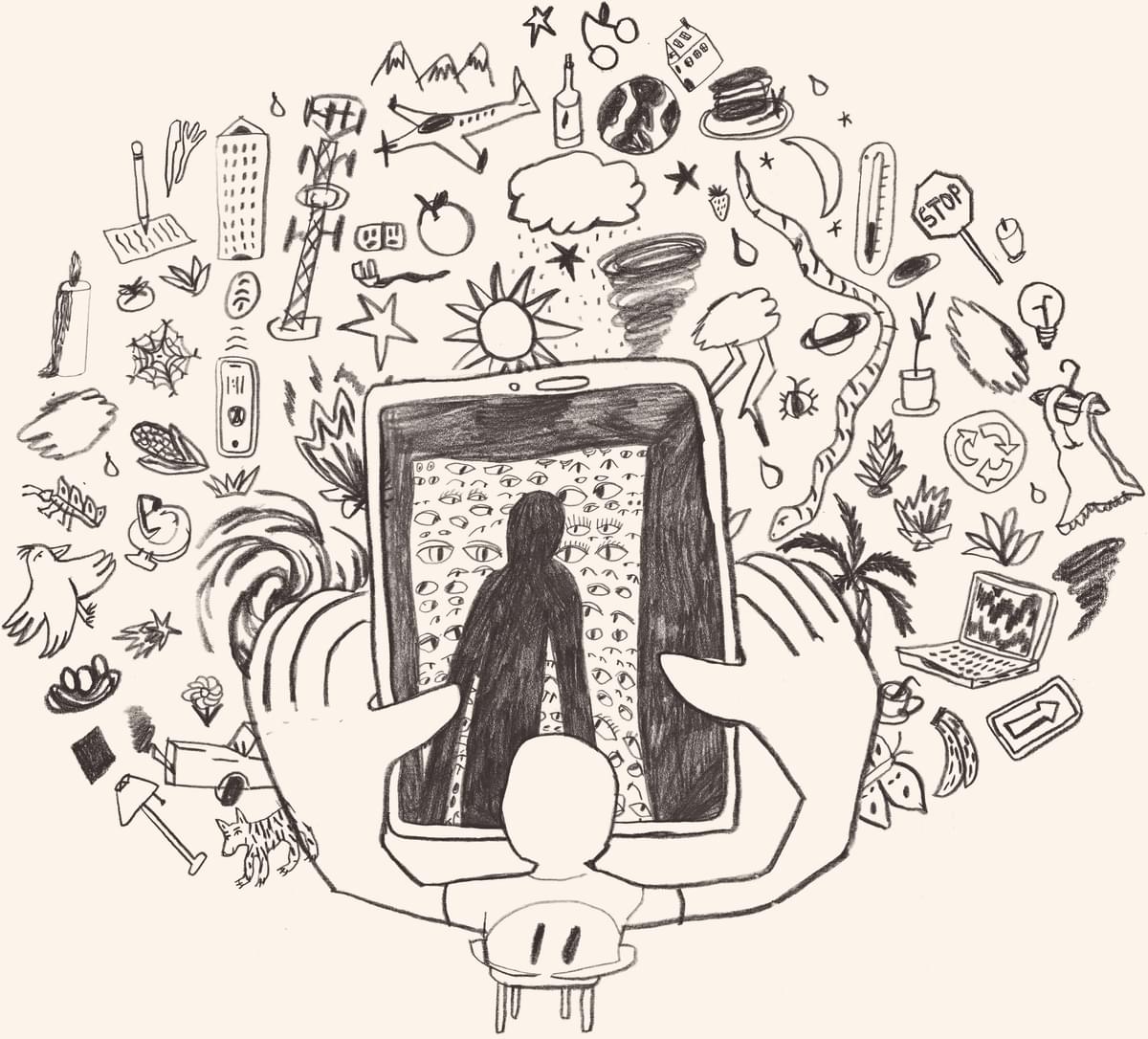
Prioritizing equity, climate justice, social justice, inclusion and just transition processes can enable adaptation and ambitious mitigation actions and climate resilient development.
— IPCC Sixth Assessment Report Synthesis7
-
Further Reading
View all sources
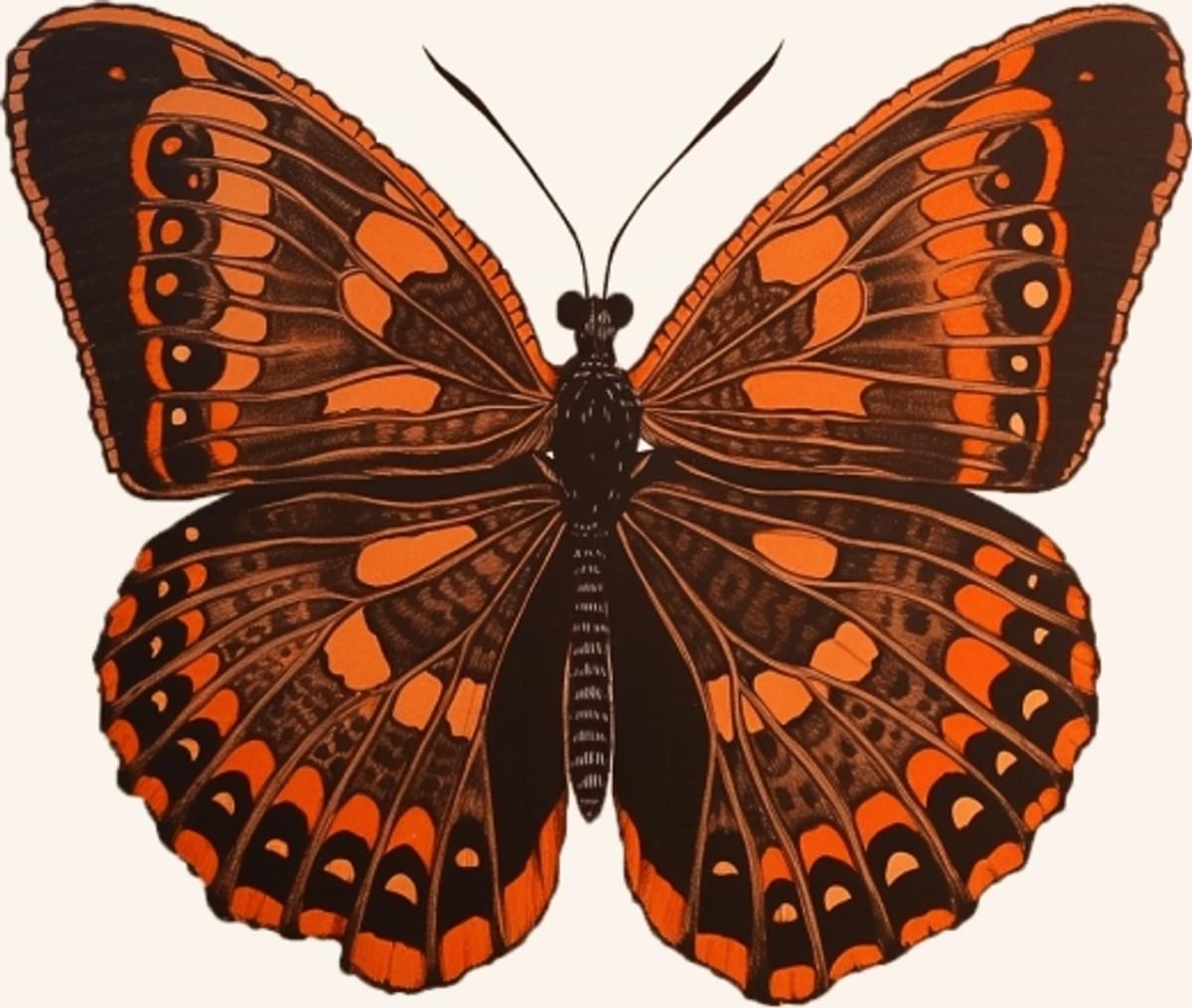
Creative climate collaborations








